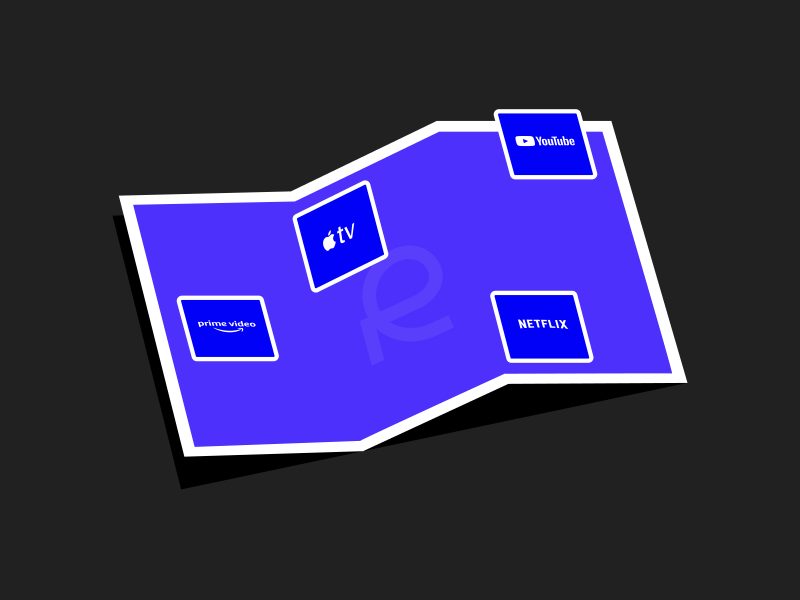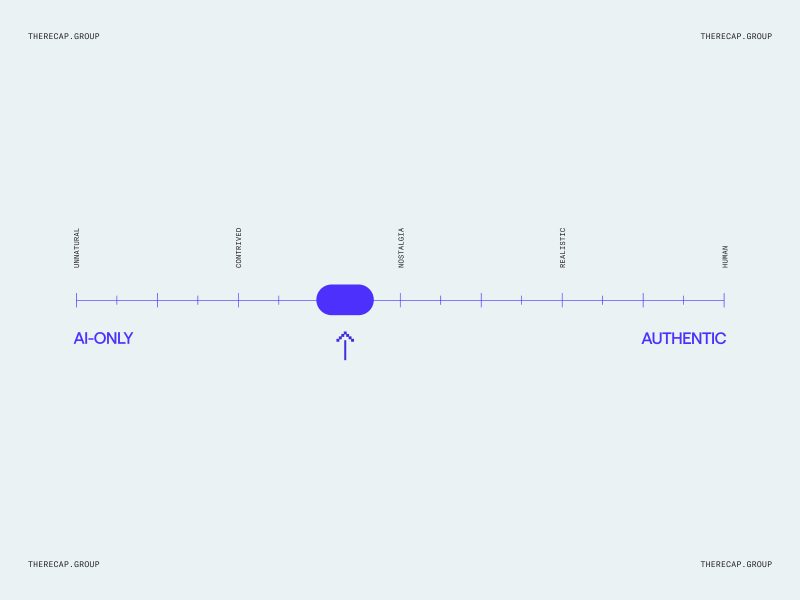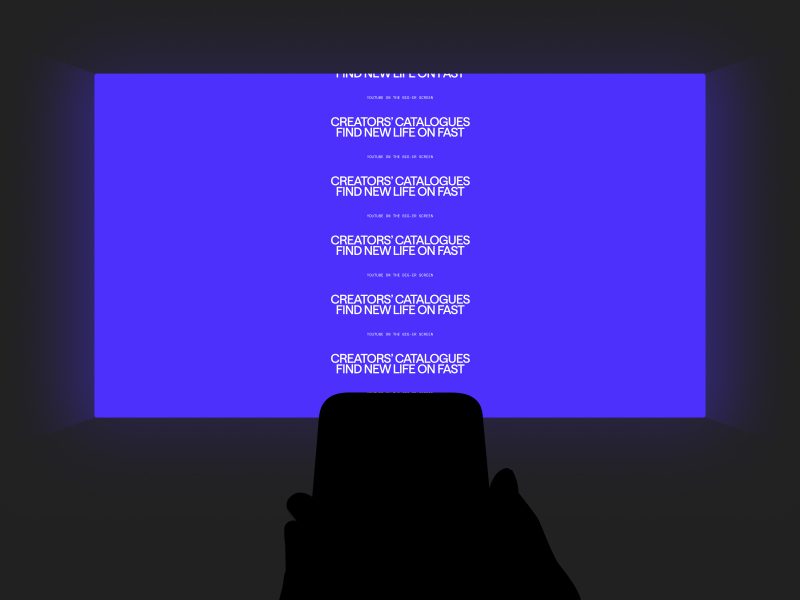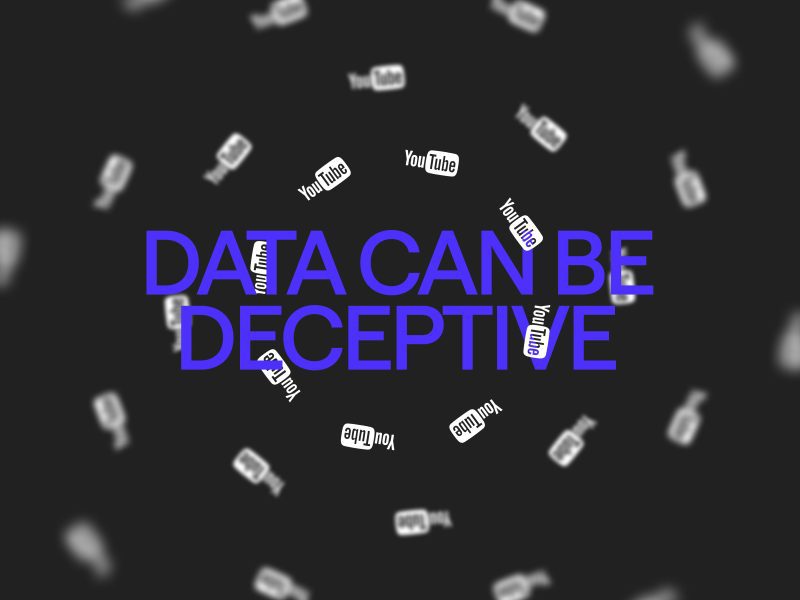Sparking Conversation on Social Media to Propel TV Ratings
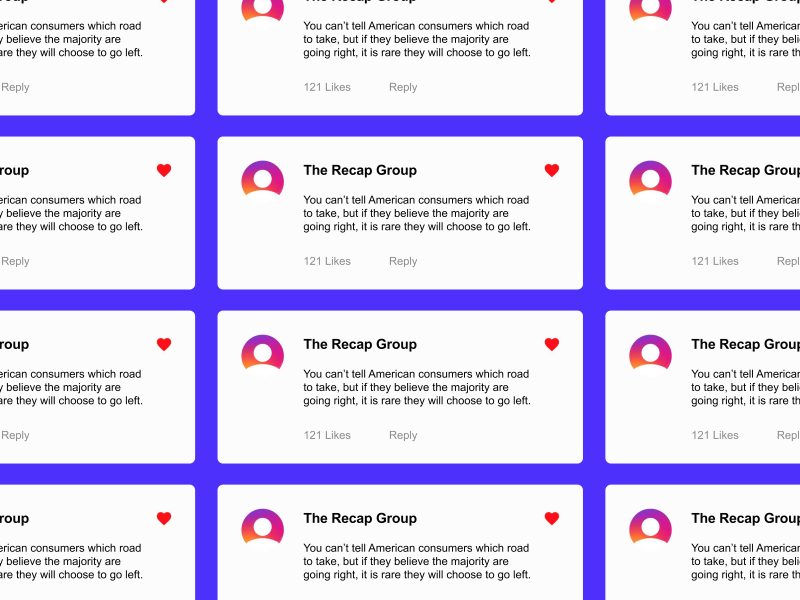
You can’t tell American consumers which road to take, but if they believe the majority are going right, it is rare they will choose to go left.
08.28.2024
Social media’s impact on TV ratings has been known to be material since Nielsen published their article The Relationship Between Social Media Buzz and TV Ratings (1) in October 2011. Long before TikTok, Instagram Reels and YouTube Shorts gave producers endless potential for viral videos showcasing their show, Nielsen reported that a 9% increase in buzz volume 4 weeks prior to a show’s premiere corresponded with a 1% increase in ratings. What is less talked about however, is the importance of igniting this buzz and further, how can producers manufacture “organic” moments that drive TV ratings.
Producer/Network Generated Content
Organic social media discussion regarding TV shows routinely occurs on its own, but when we look at the greatest success stories, we often find that someone behind the scenes is igniting and guiding the conversation.
We first saw evidence of this when a 2016 study (2) looking at Facebook engagement & TV ratings found that “FB posts that were posted by TV show official accounts significantly affect TV ratings.” Following the boom of short-form video content, clipped scenes, behind-the-scenes, cast interviews and exclusive previews have routinely been used to spark discussion of TV shows on social media.
A great example of this is the ‘Bridgerton’ series, which utilizes social media to maintain fan interest and build anticipation for new seasons. They consistently post quick cuts of episodes, behind-the-scenes interviews and memes built to brew organic social media discussion, and in doing so, maintain significant exposure stretching months before and after a season goes live.
Making Inorganic, Feel Organic
ABC took Network-Generated-Content a step further for The Oscars in 2019, when they hired both a company to cut excerpts of the live feed and convert them into short videos & memes for social media, as well as paid hoards of people to live-tweet the event. In doing so, they generated over 17.7 million interactions via social media during the 2019 show, which was double that of The Golden Globes and The Emmys (3). This could partially explain why The Oscars viewership jumped over three million people between 2018 & 2019, after previously seeing five consecutive years of decreased viewership.
By providing viewers with a mass amount of content, clipped and cut to a format suitable to be digested and shared on social media, they gained significant exposure. More importantly, the exposure felt organic, leading Americans to think “this is what other people are watching, so I should watch it too.”
Human nature is no different on social media than it is in the real world – people want to fit in. By producing social media content specifically designed to spark conversation, people are more likely to see it, share it, and watch the show so they can join it.
SOURCES:
